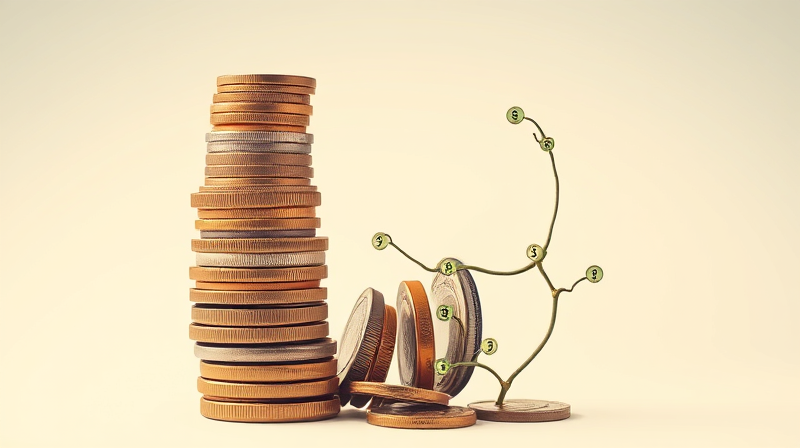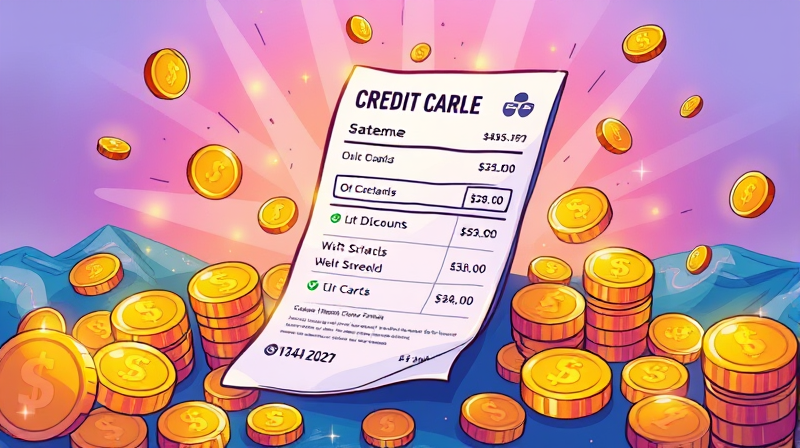
In a world where every dollar counts, choosing the right cashback card can be the difference between watching your money slip away and unlocking true financial empowerment. Imagine turning your daily latte run, weekly grocery shop, and monthly utility payments into a source of ongoing rewards. With the right strategy and a clear understanding of your habits, you can transform routine purchases into a steady stream of savings. This guide dives deep into the art of matching cashback cards to your spending patterns, arming you with the knowledge to maximize returns and fund the things that truly matter in life.
Whether you’re a meticulous budgeter or someone who values convenience above all, there is a cashback option tailored just for you. By the end of this article, you will feel confident in selecting a card—or a combination of cards—that gives back more on the routes you already take. Let’s begin this journey toward making informed card choices.
To choose wisely, it helps to know the landscape. Cashback cards come in five main flavors, each suited to particular spending styles. Recognizing these structures can prevent you from settling for less and ensure every purchase yields the greatest benefit.
Let’s bring these categories to life with real examples. These popular cards, based on rates and consumer reviews in mid-2025, demonstrate the range of options available:
Each of these cards has distinctive strengths: a flat-rate card simplifies decisions, while tiered and rotating-category cards can deliver outsized rewards when matched to your habits. Remember to factor in caps and activation steps when evaluating rotating bonuses.
Cashback cards stand out for several compelling reasons. Unlike points or miles programs that often involve confusing redemption charts, cashback offers straightforward value: real dollars you can spend anywhere. Below are the primary advantages that make cashback cards a staple in personal finance.
Selecting a cashback card is a personal process. Start by reviewing your credit card statements or budgeting app data over the past three to six months. Identify where you spend the most, then align those totals with card categories to estimate your annual cash-back return. Consider these common scenarios to narrow your choices:
Don’t forget to compute the net value by subtracting annual fees from expected cash back. This ensures you choose cards that truly pay off in the long run.
After selecting your ideal card lineup, a few proactive habits can elevate your returns. First, set calendar reminders to activate rotating categories before the quarter begins, ensuring you never miss maximum rates. Second, track your spending caps so you know when to switch strategies mid-quarter. Third, pair a flat-rate card with a category bonus card and stack rewards for greater returns, charging certain purchases to the card offering the highest percentage.
Additionally, sign up for loyalty programs at retailers and track personalized offers through your card’s mobile app. These supplementary bonuses can sometimes add an extra 2%–5% back on specific brands or for reaching spending milestones, further boosting your overall yield.
Credit card rewards aren’t the only game in town. Cashback apps allow you to earn money back on qualifying purchases by shopping through their portals or scanning receipts. Rakuten leads with broad online partnerships, offering significant percentages back at major retailers. At the pump or checkout line, Ibotta and Upside reward gas and grocery spending. When these apps are combined with your highest-earning credit card, you can amplify every single transaction and generate incremental savings that accumulate quickly.
Just be mindful of minimum payout thresholds and potential geographic restrictions. By checking app offers before shopping, you ensure you capture every available rebate.
Like any financial tool, cashback cards come with trade-offs. On the positive side, you benefit from no-strings-attached real cash back, straightforward redemption, and often low or zero annual fees. Many cards also come with welcome bonuses and promotional APRs.
However, the highest rates usually require category alignment and may have quarterly caps. If you forget to activate rotating categories, you could miss out on premium rates. Premium cards with annual fees up to $95 or higher must be justified by significant spending in bonus categories. Always perform a net-value analysis to be sure the rewards outweigh the costs.
Travel rewards cards often tempt applicants with big bonus offers and luxury perks like airport lounge access, companion tickets, or hotel elite status. Yet maximizing those benefits can require flexibility, planning around blackout dates, and understanding complex redemption charts. In contrast, cashback cards offer tangible, real-dollar rebates that you can use anywhere, anytime. If you prefer a hassle-free rewards experience overall without worrying about transfer partners or award availability, cashback remains a compelling choice.
Selecting the right cashback card is about matching your habits to reward structures. By analyzing spending data, choosing a combination of cards that optimize your highest categories, and employing strategic tools like cashback apps, you can transform everyday expenses into unexpected windfalls. Remember to track activation dates, monitor caps, and factor in any fees to ensure the net benefit remains positive.
Now, equipped with this comprehensive framework, you’re ready to apply for cards that truly fit your lifestyle and watch your savings grow month after month. Here’s to taking control of your financial future and making every purchase count.
References













